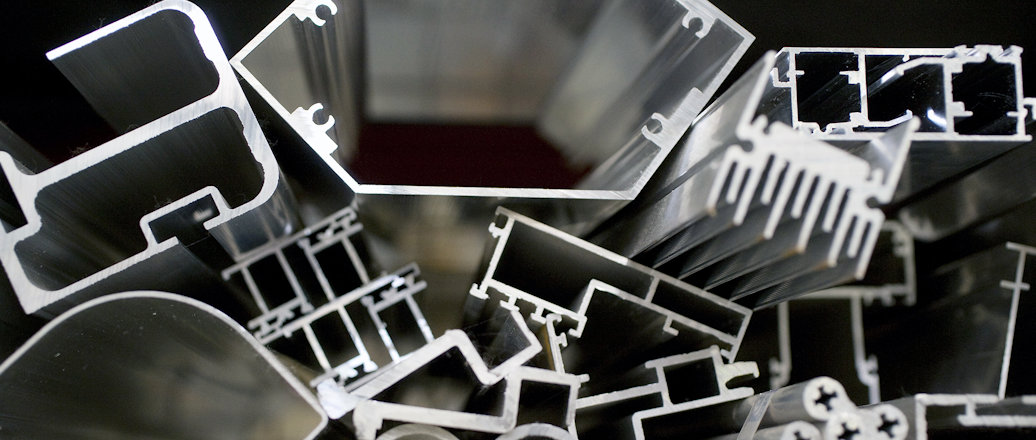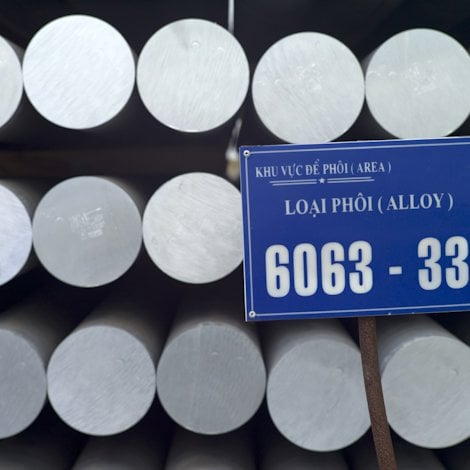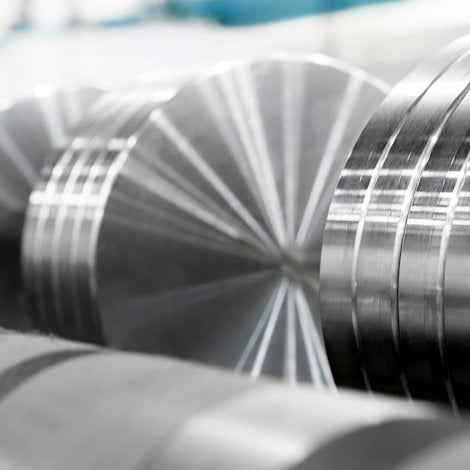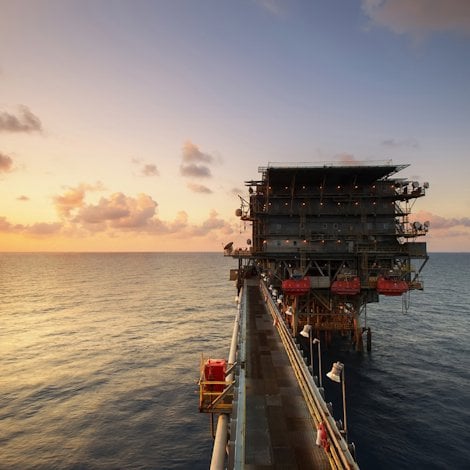Why we quench extruded aluminium profiles
Quenching is the rapid cooling of a workpiece in water, gas, oil, polymer, air, or other fluids to obtain certain material properties. A type of heat treating, quenching prevents undesired low-temperature processes, such as phase transformations, from occurring. For extruded aluminium profiles, quenching usually takes place at the end of the extrusion process.
Aluminium profiles are at super-high temperatures after the material is pressed through the extrusion die. As we all know, the higher the temperature, the more soluble the alloy elements are. Consequently, the goal of quenching is to keep as much solution in the solution as possible.
At the exit of the press, you have the highest amount of alloy elements in the solid solution. So if the materials are cooled at faster speed, then the alloy elements have less time to precipitate out from the solid solution, and the stronger the materials will be.
Air quenching and water quenching are the main methods we use in the aluminium extrusion industry. Which method we choose depends on the alloy, and on which properties we want to achieve.
When should I use water quenching?
Water quenching is commonly used for high-strength alloys, crash alloys. These alloys usually have higher amounts of alloying elements, or contain elements that make the material more sensitive to the cooling rate. The rapid cooling of strong alloys is usually accomplished by the use of water-cooling sprays, standing wave-water baths or quench tanks.
What are the other benefits you get from water quenching, as opposed to air quenching, for extruded aluminium?
- Ability to improve metallurgical properties, such as strength and ductility
- Faster cooling, higher productivity
One of the downsides of water quenching is that fast and uneven cooling can lead to distortion, which makes it harder to achieve the customer’s requirements on tolerances.
Another is that you need to buy and then maintain specialized equipment – quench tanks, pumps, filtration systems. You do not have the same level of cost for air quenching.
You may also need to remove contaminants from the quenching water before it can be disposed of safely.
When should I use air quenching?
When looking at the comparative benefits of air quenching, let me lead with these three points:
- Less risk of distortion and cracking
- Lower equipment costs
- No need for the wastewater treatment associated with water quenching
That said, air quenching may not give you the same level of strength or ductility as water quenching – this depends on the alloy – and it may not give you the same surface finish.
In addition, the cooling rate of air quenching is slower than water quenching. This can impact your productivity.
With quenching, there is no one-size-fits-all method
I realize this is a quick overview, but it should help you better understand how your supplier is making sure your extruded product meets its specifications. Extrusion is a robust process – looks simple on paper – and yet there are countless factors that separate the best suppliers from the less-good, and expertise in quenching is one of them.
With quenching, there is no one one-size-fits-all method. You need to consider the alloy, the wall thickness, the shape and geometry, the function. The right way for one may not be right for another.








